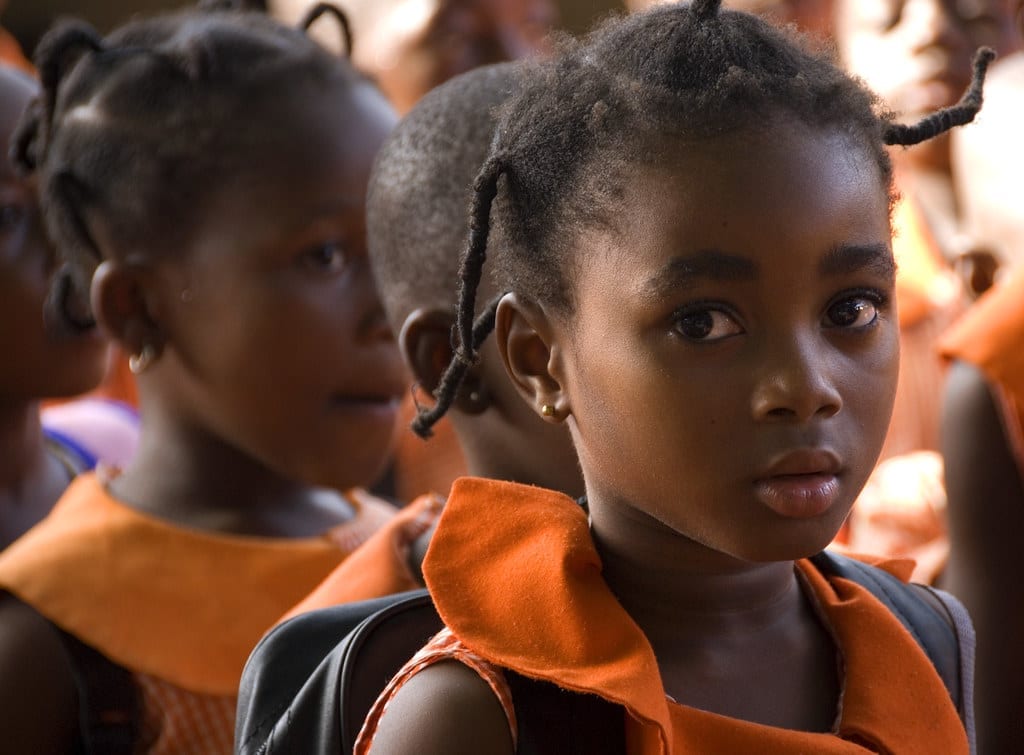
Child marriage in Ghana: Evidence from a multi-method study
Child marriage remains a challenge in Ghana. Over the years, government and development partners have made various commitments and efforts to curb the phenomenon of child marriage. However, there is little empirical evidence on the predictors, norms and practices surrounding the practice to support their efforts, a gap this study sought to fill.
Methods: The study employed a multiple-method approach to achieve the set objectives. Data from the women’s file of the 2014 Ghana Demographic and Health Survey (GDHS) was used to examine the predictors of child marriage using frequencies and logistic regression methods. Data from Key Informant Interviews (KIIs) and Focus Group Discussions (FGDs) collected in Central and Northern regions of Ghana were used to examine norms and practices surrounding child marriage using thematic analysis.
Results: Two in ten (20.68%) girls in the quantitative sample married as children. The results revealed that girls who had never attended school compared to those who had ever attended school were more likely to marry as children (OR, 3.01). Compared with girls in the lowest wealth quintile, girls in the middle (OR, 0.59), fourth (OR, 0.37) and highest (OR, 0.32) wealth quintiles were less likely to marry as children. From the qualitative data, the study identified poverty, teenage pregnancy, and cultural norms such as betrothal marriage, exchange of girls for marriage and pressure from significant others as the drivers of child marriage.
Conclusions: The findings show that various socio-economic and cultural factors such as education, teenage pregnancy and poverty influence child marriage. Hence, efforts to curb child marriage should be geared towards retention of girls in school, curbing teenage pregnancy, empowering girls economically, enforcing laws on child marriage in Ghana, as well as designing tailored advocacy programs to educate key stakeholders and adolescent girls on the consequences of child marriage. Additionally, there is the need to address socio-cultural norms/practices to help end child marriage.
Read the full report here.
